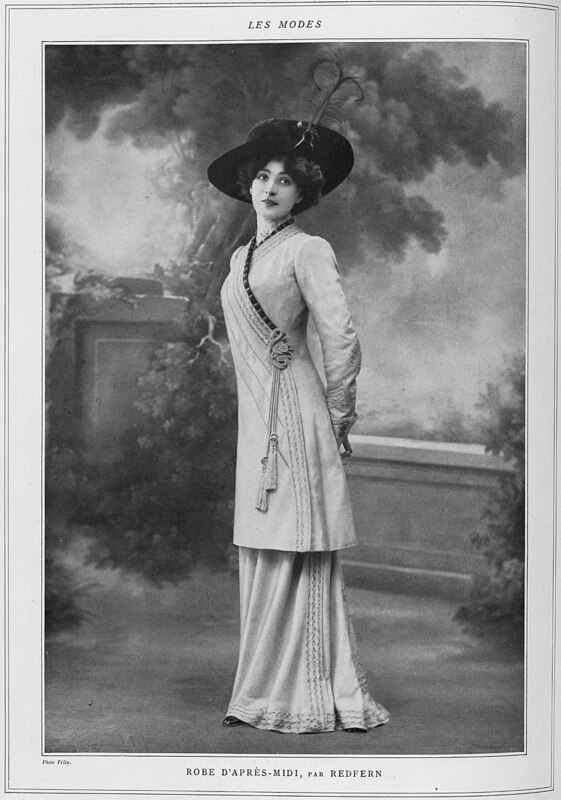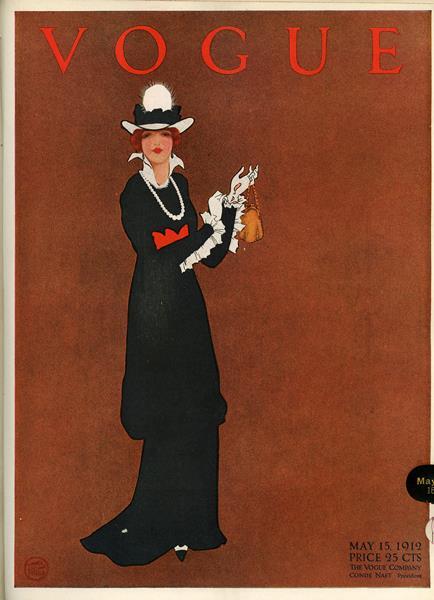❝ I am an Artist, not a dressmaker. ❞
Paul Poriet
Fashion in the
1910s
─────────────────────────────────────────────────────────────────
By 1910 many women started to work jobs outside of home, World War I would help to expedite the role of women within the workforce. With men away at war it left many jobs opening to be filled, at first the attempt for women to gain more jobs was initially halted but after the United States joined in the war they were allowed these jobs. Women in war time often worked clerical jobs, and in munitions, they were able to gain more economic independence in this process. Fashion styles began to change drastically with the rise of department stores and ready to wear clothing lines aided in this, but it was the many designers who ultimately took tremendous steps forward in women’s fashion.
Leading designers of this time include Paul Poriet, and Coco Chanel. Chanel used jersey which was an inexpensive fabric that was used for men’s undergarments and transformed this relatively ordinary textile to the height of high fashion. Chanel’s designs spoke to the new idea that women had toward fashion, clothes should be simple, fashionable and comfortable. Poriet was one of the first to begin to shift away from the S-shaped Silhouette and towards a more natural shape, while his new style freed the constriction of the bust it moved to a constriction of legs known as the hobble skirt.
The 1910s also gave birth to many more women suffrage movements across the world. As women protested in the streets many of those who joined in these movements wore the colour white. The colour white and other lighter colours played important roles in these movements. They were most importantly used in parades specifically to create a visual contrast in photographs from that day, the white dresses contrasting with the darker streets. Women used fashion to express themselves while protesting their rights. The addition of the “suffragette uniform” showed these women as dignified and fashionable. To this day white is still an important symbol of the women's suffrage movement.
Vogue
Covers
From
1910s


